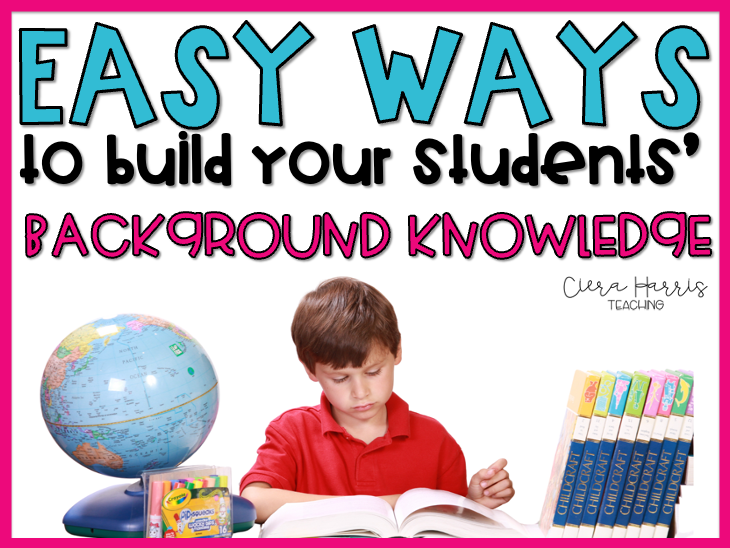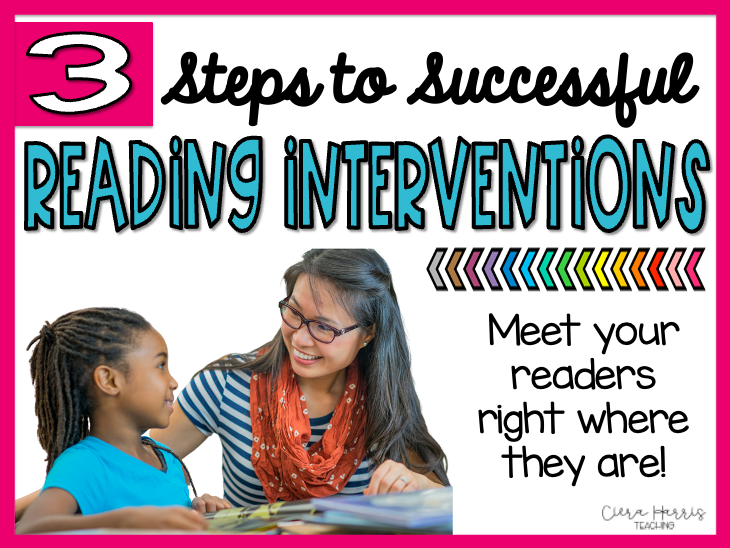Every teacher has the same dream or wish for their students – to grow up to be happy, kind, and possess a love of learning that will take them far in life. Am I right? Even if I’m a little off, I’m sure you still agree with that sentiment. So how do we get them there? How do we help our students become lifelong learns and a deep love of reading? Today, let’s break down important components teachers need to do to help transform your students into readers.

Want to watch the video instead? Check it out below! Make sure to subscribe to get updates on all new content!
Transform your Students Step #1: Books MUST be a priority
I want you to take a quick moment and reflect for me. Answer the following questions. How much time in a day do I give my students to read independently? How often do I read aloud to them? What do we do to celebrate and experience new books when they arrive? How engaged are my readers currently? What does my classroom library look like?
The reason I’m asking you all of these questions is because I want you to see whether or not books are a priority in your classroom. When books are a priority, it shows in our day to day actions. Writing won’t go over and take away our read-aloud time. Changes in your schedule, like having a special guest or a half-day, doesn’t take away the students’ read to self time. There is always time in the day to squeeze in one more chapter because the students are on the edges of their seats. It’s all about the culture you create starting on day one. Students will be surrounded by your literacy environment and have no choice but to fall in love with reading. There won’t be any other option.
Transform Your Students Step #2: Know Your Readers
There is no such thing as a student who doesn’t like to read. There are only students who haven’t been matched with the perfect book YET! Getting to know your students, starting on day one,  is crucial to the love of reading process, especially for your reluctant readers. In this blog post, I break down so many important reasons why and how we can get to know our readers. Make sure to check that out.
is crucial to the love of reading process, especially for your reluctant readers. In this blog post, I break down so many important reasons why and how we can get to know our readers. Make sure to check that out.
But overall, teachers need to know who their readers are – as readers and as people. It will help when matching books to reluctant readers and finding texts to use when reading aloud or picking texts for small groups. It even helps with understanding their schema. If you don’t know your students, then it will be very difficult to build a culture of literacy in your classroom.
Transform Your Students into Readers Step #3: Student Choice
If a love of literacy is what you want to accomplish in your classroom, then shoving preselected books into students’ hands won’t work. Student choice is critical to allow students to find and read books that are meaningful to them. Would you want to read a book I picked out for you? Even worse if I don’t know you as a reader! No, it’s my reading time. I want to read what I want to read.
Student choice doesn’t just have to be for independent reading time. You can also incorporate student choice into read-alouds, small group sessions, and even text passages used during lessons. How? Give them options! Yes, it doesn’t mean that there are hundreds of options like there would be for choosing a book. But having options for students to choose from immediately gives students a voice in what they would like to read. If you’re finding passages to print out for main idea practice, print two and give the students a choice on which to use when practicing. If you’re at the small group table and working on fluency, have 2 or 3 books ready for the students to choose from to practice with.
Allowing students to have a voice in what they read encourages them, motivates them, and engages them throughout the text.
Transform Your Students Step #4: Make Literacy Engaging

Inside your 90-minute reading block (or however much time you have), you will clearly be doing more than just reading. The other components of literacy (vocabulary, phonics, phonemic awareness, and fluency) also need time to be taught. Even comprehension skills and strategies need to be taught outside of using a text. When wanting to build a love of reading, engagement must be intentional throughout your lesson plans.
How do you make literacy engaging? Easy! There are lots of fun ways to ensure your students are engaged the entire time they are in your classroom. Here are some great examples:
- Use discussion strategies such as fishbowl and jigsaw
- Try to make activities hands-on with moveable pieces, coloring, highlighting, and cutting/gluing
- Incorporate games, such as four corners, into your time
- Try different grouping strategies to get students interacting with new people
- Focus on texts that students are actually interested in
- Be engaging yourself – don’t be afraid to have fun, sing, get excited about literacy!
Transform Your Students into Readers Step #5: Engage in Conversation
This one is so important! Reading, especially learning how to read and comprehend, needs to be a social experience. Students need to hear from each other about their takeaways from the text. How are their thoughts different than mine? What connections did they make that maybe I missed? How did they use their schema when reading the text? Allowing students time to talk about the texts that they read can help build confidence in even your lowest readers.
When we provide time for conversation, it allows students time to dissect what they just read. They get the chance to go back into the text and check their own understanding. The students get time to make meaning by putting themselves into the story. They get to hear other’s takeaways and compare them to their own. It’s not always about the answer, but how you get to the answer. By building their understand and comprehension through conversation, we are teaching and modeling the conversations they should have in their own mind when they read independently.
So what do you think? Are you building a love of literacy in your classroom? What is something you can change? How can you transform your students into readers? If you want to save this post for later, please pin the image below!






